Charles Sheeler (1883-1965)
Get a Sheeler Certificate of Authenticity for your painting (COA) for your Sheeler drawing.
For all your Sheeler artworks you need a Certificate of Authenticity (COA) in order to sell, to insure or to donate for a tax deduction.
Getting a Sheeler Certificate of Authenticity (COA) is easy. Just send us photos and dimensions and tell us what you know about the origin or history of your Sheeler painting or drawing.
If you want to sell your Sheeler painting or drawing use our selling services. We offer Sheeler selling help, selling advice, private treaty sales and full brokerage.
We have been authenticating Sheeler and issuing certificates of authenticity since 2002. We are recognized Sheeler experts and Sheeler certified appraisers. We issue COAs and appraisals for all Sheeler artworks.
Our Sheeler paintings and drawings authentications are accepted and respected worldwide.
Each COA is backed by in-depth research and analysis authentication reports.
The Sheeler certificates of authenticity we issue are based on solid, reliable and fully referenced art investigations, authentication research, analytical work and forensic studies.
We are available to examine your Sheeler painting or drawing anywhere in the world.
You will generally receive your certificates of authenticity and authentication report within two weeks. Some complicated cases with difficult to research Sheeler paintings or drawings take longer.
Our clients include Sheeler collectors, investors, tax authorities, insurance adjusters, appraisers, valuers, auctioneers, Federal agencies and many law firms.
We perform Charles Sheeler art authentication, appraisal, certificates of authenticity (COA), analysis, research, scientific tests, full art authentications. We will help you sell your Charles Sheeler or we will sell it for you.
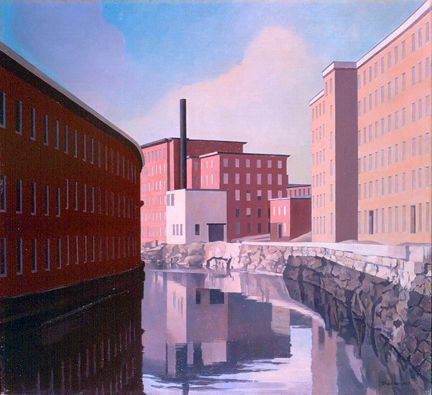
Charles Sheeler was an influential painter who helped to found the Modernist movement in the United States. Sheeler was born and raised in Philadelphia, Pennsylvania. Sheeler was interested in art from an early age, and enrolled at the Pennsylvania Academy of Fine Arts (PAFA). Sheeler had the privilege of studying under William Merritt Chase, who instructed several prominent artists of the twentieth century.

After completing his studies at PAFA, Sheeler travelled to Europe. Sheeler gravitated to the art scene in Paris at a time when Cubism was the greatest trend. Sheeler was attracted to the avant-garde styles he experienced abroad, but did not think he could receive a livable income making experimental paintings. When Sheeler returned to the United States, he started his own business in commercial photography. Sheeler, who did not have a background as a photographer, taught himself how to use a Brownie and developed professional techniques.
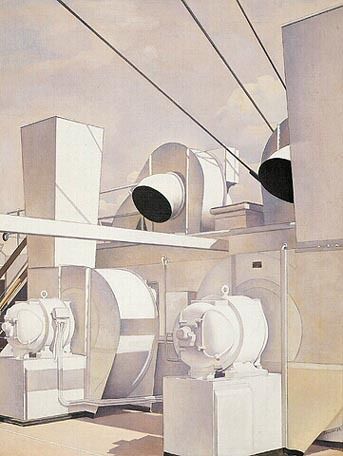
Sheeler often retreated to a 19th century, farmhouse in Doylestown, Pennsylvania. The house was used as a studio, and the setting for numerous photography projects. Sheeler began painting in precisionist, linear fashion, which complimented his photographs. After being hired as a photographer for Ford Motor Co., Sheeler concentrated on depicting machinery and industrial architecture. Sheeler depicted industrial structures as if they were the new concrete temples of America. While the paintings appeared to be anti-humanist, Sheeler would often include a tiny, obscured figure in his compositions, dwarfed by the surrounding industrial world.
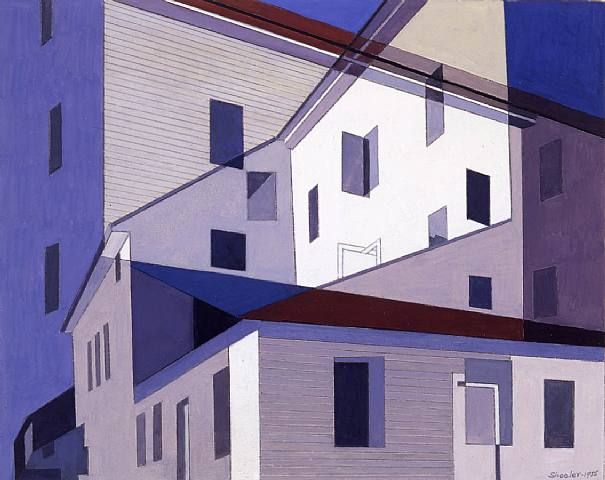
When Sheeler enjoyed his time in Doylestown, he spent many years living in New York City. In 1920 Sheeler collaborated with the photographer, Paul Strand on the film, Mannhatta. The film was a study and commentary on urban high-rise environments, specifically portraying Manhattan. The film was adapted from Walt Whitman writings.

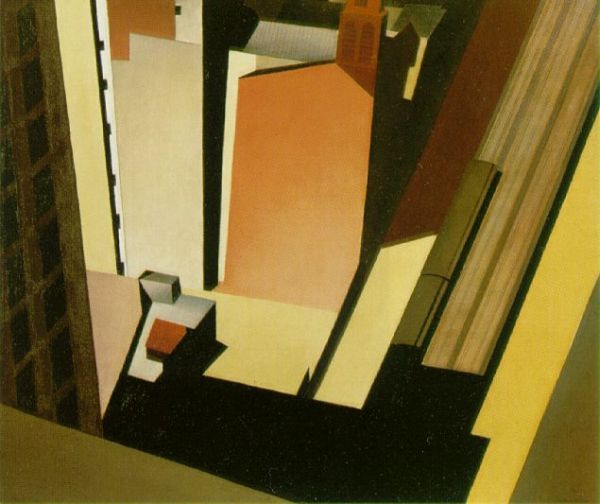
In 1938, Sheeler was commissioned by Fortune magazine to create a series of images documenting power stations across the country. Sheeler travelled to industrial power zones, producing a series of six paintings called Power. Among the most impressive of these images may have been the turbines in Brooklyn, New York at the world’s largest steam power plant.
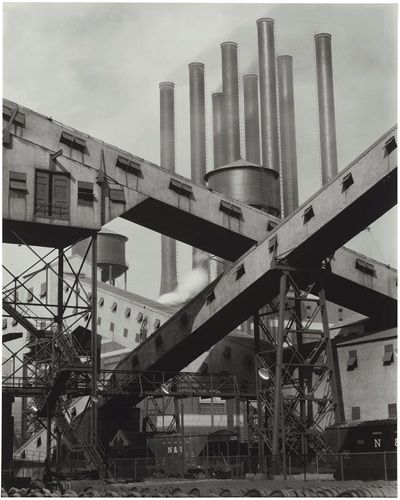
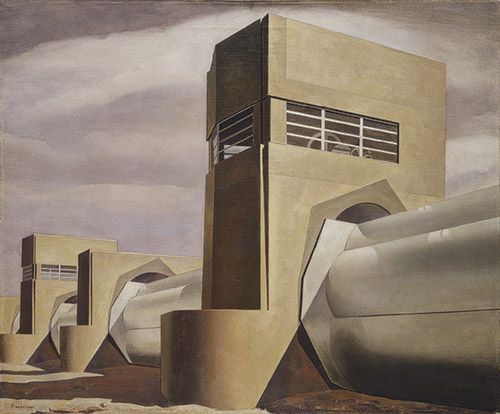
In Sheeler’s photographs and paintings, industrial America is portrayed as extraordinary and majestic, rather than a tragic age of destruction. Sheeler’s paintings impressed both the American working class and company owners, experiencing the industrial revolution first-hand.


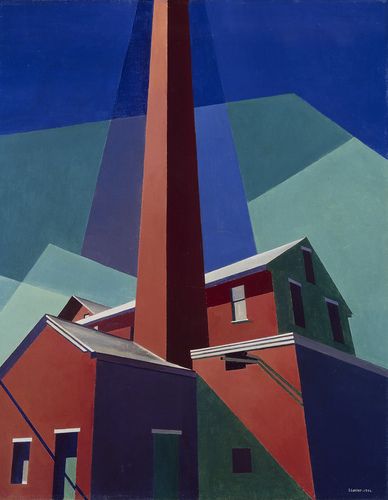



The work of Charles Sheeler has been reproduced numerous times for commercial art. His precisely painted factories and turbines have become iconic in American visual culture. Sheeler’s original work is now in major museums, private collections around the world. Do you think you own a painting by Charles Sheeler? Contact us. We are the experts on Charles Sheeler.
Reviews
1,217 global ratings
5 Star
4 Star
3 Star
2 Star
1 Star
Your evaluation is very important to us. Thank you.
